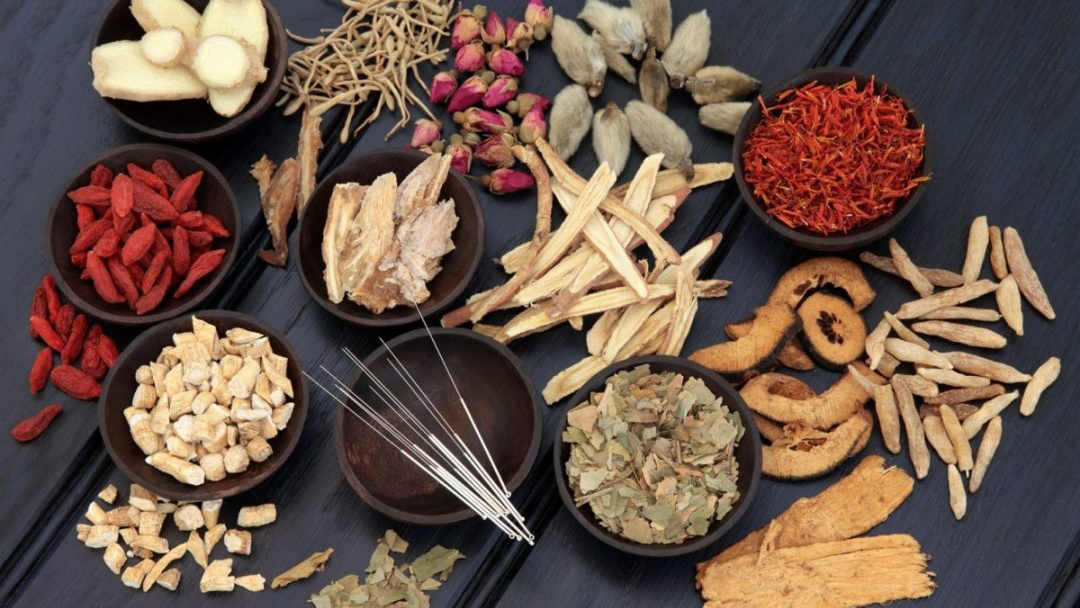
Stroke
Stroke
Early Stroke in Young Adults is Increasing
Stroke has long been considered a disease that primarily affects the elderly. However, recent studies indicate that the rate of stroke in young adults has risen significantly. According to the World Stroke Organization (WSO), 1 in 4 stroke patients is under the age of 45. Additionally, research from the U.S. National Institutes of Health (NIH) reports a 44% increase in stroke cases among young adults over the past two decades.
Causes of Stroke in Young Adults
1. Unhealthy Lifestyle
- Smoking: The World Health Organization (WHO) states that smoking increases stroke risk by 2 to 4 times due to its role in atherosclerosis and blood clot formation.
- Excessive alcohol consumption: A study published in the journal Stroke by the American Heart Association (AHA) found that heavy drinkers have three times the risk of stroke compared to those who drink moderately or abstain.
- Unhealthy diet: A high intake of fast food, saturated fats, and sugar increases the risk of obesity, diabetes, and hypertension, which are leading stroke risk factors.
- Chronic stress: A Harvard University study revealed that prolonged stress increases stroke risk by 50% due to its effects on blood pressure and heart health.

2. Metabolic Disorders
- Obesity: A study in The Lancet found that obese young adults have twice the risk of stroke compared to those with normal weight.
- Diabetes: Diabetes doubles stroke risk, especially in young adults, due to its impact on blood circulation and metabolic health.
- Genetic predisposition and other medical conditions: Individuals with a family history of stroke or underlying conditions like heart disease, hypertension, and blood clotting disorders are at higher risk.
Early Warning Signs of Stroke
Recognizing stroke symptoms early is crucial for timely medical intervention. Common warning signs include:
- Sudden loss of movement: Paralysis in the face, arm, or leg (often on one side) is the most common stroke symptom, according to the AHA.
- Difficulty speaking: About 30% of stroke patients experience speech or language difficulties, according to the NIH.
- Loss of balance and dizziness: Sudden imbalance and vertigo should not be ignored.
- Severe headache: A sudden, intense headache with no clear cause could indicate a hemorrhagic stroke.
- Vision problems: Blurred or partial vision loss is a crucial warning sign that is often overlooked in younger individuals.
How to Prevent Stroke in Young Adults
Preventing stroke requires early lifestyle changes and health management:
- Adopt a healthy lifestyle: Quit smoking, limit alcohol intake, eat a balanced diet rich in vegetables and fruits, and reduce consumption of processed foods and sugary drinks.
- Exercise regularly: The AHA recommends at least 150 minutes of moderate physical activity per week to reduce stroke risk.
- Manage stress: Engage in stress-reducing activities like yoga, meditation, and recreational hobbies.
- Routine health check-ups: Regularly monitor blood pressure, blood sugar, and cholesterol levels to detect early risk factors.
- Control underlying conditions: Properly manage hypertension, diabetes, and lipid disorders through medication and lifestyle changes.

The Role of Traditional Medicine in Stroke Prevention
1. Improving Blood Circulation
Traditional medicine emphasizes maintaining optimal blood flow. Many herbs dilate blood vessels and prevent clot formation, which are major causes of stroke.
2. Regulating Blood Pressure
Hypertension is a primary risk factor for stroke. Several herbs naturally lower blood pressure and support cardiovascular health.
3. Anti-Inflammatory and Antioxidant Effects
Chronic inflammation and oxidative stress contribute to atherosclerosis, increasing stroke risk. Traditional herbs rich in anti-inflammatory and antioxidant compounds help protect blood vessels and reduce stroke risk.
4. Cholesterol Regulation
Traditional medicine also helps balance cholesterol levels, reducing LDL (bad cholesterol) and increasing HDL (good cholesterol), preventing arterial plaque buildup.

Key Herbal Ingredients for Stroke Prevention
1. Herbal Ingredients and Their Benefits
-
Cinnamon Bark (Quế Bì)
- Active compounds: Cinnamaldehyde, eugenol, and polyphenols.
- Benefits: Enhances blood circulation, reduces inflammation, and provides antioxidant protection.
-
Peony Root (Thược Dược)
- Active compounds: Paeoniflorin, paeonol, flavonoids.
- Benefits: Regulates blood circulation, reduces inflammation, and alleviates pain.
-
Peach Seed (Nhân Hạt Đào)
- Active compounds: Amygdalin, unsaturated fatty acids, vitamin E.
- Benefits: Improves blood flow, reduces oxidative stress, and prevents clot formation.
-
Poria (Phục Linh)
- Active compounds: Polysaccharides, triterpenoids, steroid compounds.
- Benefits: Diuretic effects, reduces swelling, regulates digestion, and calms the nervous system.
-
Moutan Cortex (Mẫu Đơn Bì)
- Active compounds: Paeonol, paeonoside, flavonoids.
- Benefits: Cools the blood, reduces inflammation, and protects blood vessels.
2. Other Beneficial Herbs
Additional herbal ingredients that aid in stroke prevention:
- Astragalus (Hoàng Kỳ) – Boosts immunity and strengthens blood vessels.
- Ginseng (Nhân Sâm) – Improves circulation and cognitive function.
- Notoginseng (Tam Thất) – Prevents clot formation and enhances heart health.
- Earthworm Extract (Địa Long) – Dissolves blood clots and improves blood flow.
- Ginkgo Biloba (Bạch Quả) – Enhances brain circulation and protects against stroke.
Conclusion
Early stroke in young adults is a growing public health concern. Understanding risk factors, recognizing early symptoms, and making lifestyle changes are essential for stroke prevention.
Combining lifestyle modifications with traditional herbal medicine can strengthen overall health, reduce cardiovascular risks, and support long-term stroke prevention.
Try Kanpo 217 – a traditional Japanese herbal remedy designed to enhance blood circulation and prevent strokes naturally!
